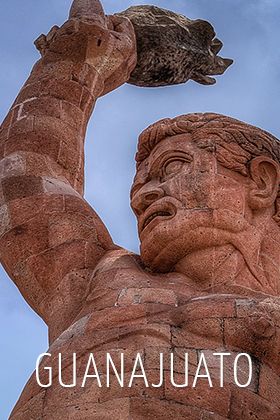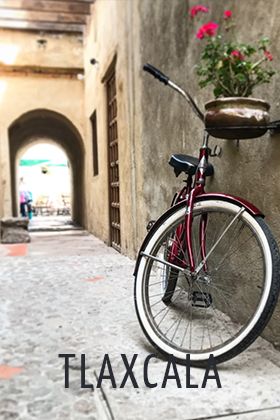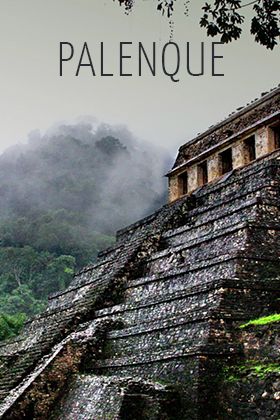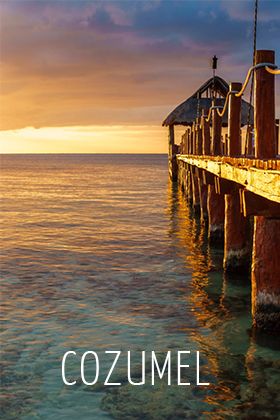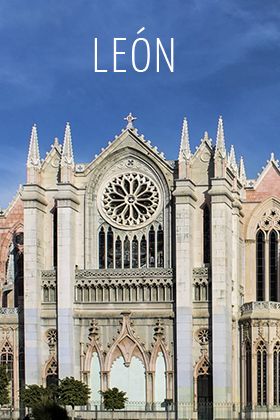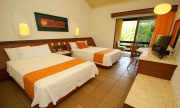Tula Archaeological site

Tula Archaeological site
Tollan-Xicocotitlan, now known as the Archaeological Site of Tula, was the Toltec state capital and the most influential urban center in the central region.
The Archaeological Site of Tula is located in the city of Tula de Allende in the Mezquital Valley in the State of Hidalgo, 88 km west of the city of Pachuca and 93 km northwest of Mexico City. According to the annals of Cuauhtitlan and the Historia Tolteca Chichimeca, among other sources, the term Tula comes from the Nahuatl word tollan, a derivative of Tollin, meaning cane or reed. The word Tula comes from Hispanic pronunciation of the Conquistadors.
The god Xicocotitlan invites you to find Xicuco, the hill that is to the north of the area and which was regarded as a sacred mountain. Tula, the place of the tules or reeds, was founded by the king-priest Ce Ácatl Topiltzin Quetzalcoatl after avenging the murder of his father Mixcóatl.
Its chronology is between 600 and 1521 AD with Tula reaching its peak between 700 and 1150 AD at which time it expanded to an area of almost 16 square kilometers, which included public and private areas, plazas, temples, and palaces and also places of worship, trade, and administration. It grew to around 85,000 inhabitants.
So along with Tenochtitlan and Teotihuacan, it was one of the major urban centers of the Central Highlands of Mesoamerica around 1000 AD and was probably the largest city in this region.
Main buildings of the Archaeological Site of Tula
In the tenth century of our era, Tula began to change and several monumental buildings were built, such as the Pyramid B or Temple Tlahuizcalpantecuhtli, on top of which are the famous Atlantes of Tula, the basalt stone sculptures 4.60 meters in height representing high-ranking Toltec warriors.
Originally the Atlanteans could not be seen by the people, as they were placed inside the temple and functioned as columnar roof supports.Other buildings that can be seen today are the Pyramid C, Palacio Quemado, the Building 4 or de Gobernantes, the Juego de Pelota I, the Central Adoratorio of the plaza and Tzompantli.
Cost and Schedule: The archaeological site of Tula is opened to the public Monday to Sunday from 9:00a.m. to 5:00p.m. The cost of admission is $65 pesos per person and $35 extra for the use of video cameras.
Museums of the Site of Tula
The Jorge Ruffier Acosta: Archaeological Museum of Tula and the Guadalupe Mastache Interpretation Room are found on one side of the main entrance to the archaeological site.
Divided into seven sections, the J. Acosta Museum offers permanent and temporary exhibits consisting of archaeological items excavated at the site. It displays site plans and profiles of the researchers who discovered it.
It provides general information about the Toltec culture, the geographical area they occupied, and the religious, organizational, and economic aspects related to their ceramic and sculptural production.
The Guadalupe Mastache Orientation Room provides information on the restoration and archaeological recue of the archaeological site of Tula.
Administered by the INAH, it is opened daily from 9:00a.m. to 5:00p.m. Admission is free.
Photo Gallery





